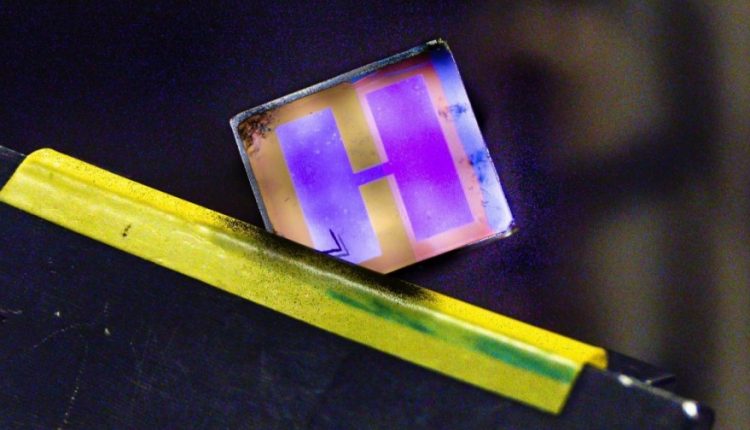There’s one thing you might assume you need for solar energy: direct sunlight. But scientists out of China and Sweden have developed organic solar cells that can convert ambient indoor light to electricity. The cells don’t produce as much power as conventional solar panels. But they could help feed the influx of internet of things devices expect to surge onto the market over the next several years.
According to Juniper Research, the IoT will bring 38 billion connected devices online by 2020. Many will include sensors that detect and measure moisture, particle concentrations, temperature, and other parameters. A small, inexpensive source of renewable energy is needed so the devices won’t require frequent—and costly—battery replacements.
Organic solar cells are flexible, cheap to manufacture, and can be created as large surfaces in a printing press. The light-absorbing layer consists of a mixture of donor and acceptor materials, which gives considerable flexibility in tuning the solar cells such that they are optimized for different spectra—that is, light of different wavelengths.
Researchers in Beijing, China, led by Jianhui Hou, and Linköping, Sweden, led by Feng Gao, have developed a new combination of donor and acceptor materials, with a carefully determined composition, to be used as the active layer in an organic solar cell. The combination absorbs exactly the wavelengths of light that surround us in our living rooms, at the library, and in the supermarket.
The researchers describe two variants of an organic solar cell in an article in Nature Energy, where one variant has an area of 1 cm2 and the other 4 cm2. The smaller solar cell was exposed to ambient light at an intensity of 1000 lux, and the researchers observed that as much as 26.1% of the energy of the light was converted to electricity. The organic solar cell delivered a high voltage of above 1 V for more than 1000 hours in ambient light that varied between 200 and 1000 lux. The larger solar cell still maintained an energy efficiency of 23%.
The result has led to further research within the field of organic solar cells, and a spin-off company founded to commercialize solar cells for indoor use.

